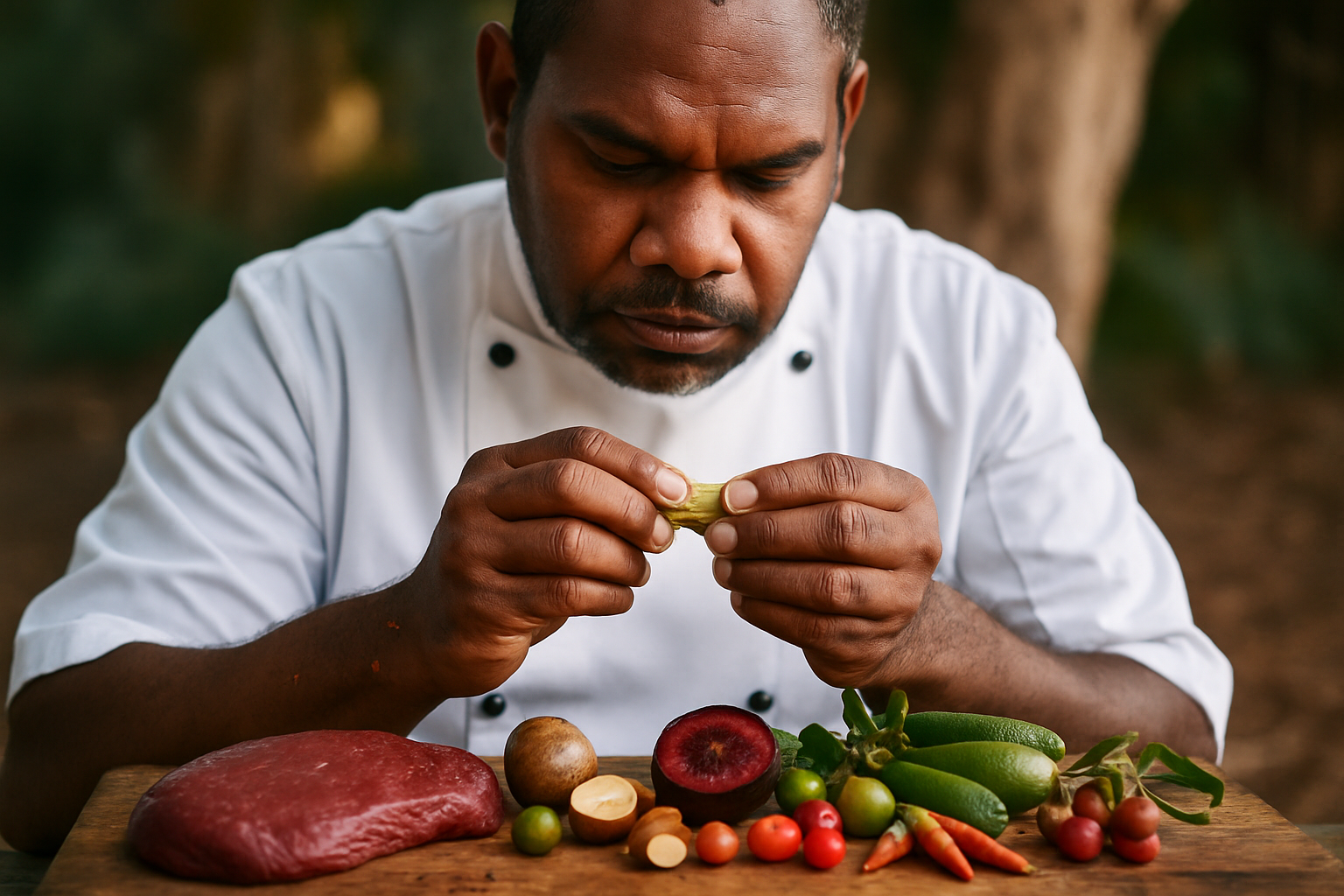Seasonal ingredient selection for consistent menu quality
Choosing seasonal ingredients is a practical way to maintain consistent menu quality throughout the year. This article outlines sourcing approaches, pairing and preservation strategies, packaging considerations, and nutritional aspects to help culinary teams and food businesses deliver reliable dishes while supporting sustainability and local markets.

Selecting the right seasonal ingredients is central to keeping a menu consistent in flavor, texture, and presentation even as supply and costs shift. Chefs and menu planners who anticipate changing availability, optimize sourcing, and design adaptable recipes can offer guests dependable dining experiences. This article discusses practical approaches to ingredient choice, pairing, preservation, packaging, nutrition, and market relationships to sustain high-quality gastronomy offerings across seasons.
Ingredients: How to evaluate seasonal produce
Seasonal ingredients vary by region and market rhythms; evaluating them requires a mix of sensory checks and supplier knowledge. Inspect produce for firmness, aroma, color, and uniform size to ensure predictability in Cook times and yields. Standardize internal specifications for common items—ripeness grade, acceptable blemish levels, and size bins—so kitchen teams can substitute similar items without losing quality. Incorporating ingredient-led recipes that tolerate slight variability (for example, vegetable-forward stews or composed salads) helps preserve consistency while keeping the menu seasonal.
Seasonal: When to adjust menus and portions
Determining when to rotate or adjust the menu depends on predictable harvest windows and short-term market fluctuations. Plan menu cycles around local growing seasons and peak availability to reduce reliance on imported or off-season items. Portion control and yield testing are important: when ingredient moisture or density changes with season, revise portion weights and plating specs. Use seasonal beverage pairings to guide menu swaps—lighter beverages in warm months and richer options when roots and squashes are abundant—to keep gastronomic balance consistent.
Sourcing and markets: Strategies for reliable supply
Diversify sourcing by building relationships with multiple local markets, farmers, and distributors. Establish standing orders and contingency lists for critical ingredients, and visit markets or partner farms to understand harvest timing. Contract small volumes with several providers rather than a single large supplier to reduce disruption risk. Track lead times, minimum order quantities, and transportation constraints; these insights help schedule deliveries so kitchens receive fresh ingredients with predictable shelf life for consistent preparation.
Sustainability and packaging considerations
Sustainable sourcing supports long-term menu stability and public expectations. Prioritize suppliers who practice crop rotation, reduced chemical inputs, or regenerative methods, and evaluate their capacity across seasons. Packaging choices affect shelf life: breathable packaging for delicate greens, vacuum sealing for trimmed proteins, and modified-atmosphere packs for certain fruits can extend usability without compromising quality. Balance sustainability goals with appropriate packaging to minimize waste while preserving ingredient integrity during storage and transit.
Pairing and recipes: Designing adaptable preparations
Create recipes that emphasize techniques and flavor frameworks rather than single-ingredient reliance. For example, a recipe that calls for “stone fruit” allows peaches or plums depending on availability; specifying texture and acidity targets helps maintain consistent taste. Document pairing principles—acid, fat, salt, and aromatics—so cooks can substitute ingredients while keeping balance. Include beverage pairing notes for each dish to align service staff and beverage programs, ensuring combined offerings remain consistent across menu iterations.
Nutrition and preservation strategies
Understanding nutritional implications of substitutions is important for menu transparency and guest expectations. When switching ingredients, note changes in macro- and micronutrient profiles and update menu descriptions as needed. Preservation techniques—blanching and freezing, quick pickling, fermenting, and controlled dehydration—can extend seasonal availability while maintaining nutritional value and flavor. Proper cold-chain management and batch-level documentation ensure preserved stocks perform predictably in recipes and that beverage and food pairings remain harmonious.
This article is for informational purposes only and should not be considered medical advice. Please consult a qualified healthcare professional for personalized guidance and treatment.
Consistent menu quality through seasonal ingredient selection depends on clear specifications, flexible recipes, diversified sourcing, and smart preservation. By combining market knowledge with documented standards for ingredients, pairing, nutrition, and packaging, kitchens can adapt to seasonal supply while delivering stable gastronomic experiences to diners. Ongoing communication with suppliers and internal record-keeping of yields and flavor outcomes will help refine choices over time.





